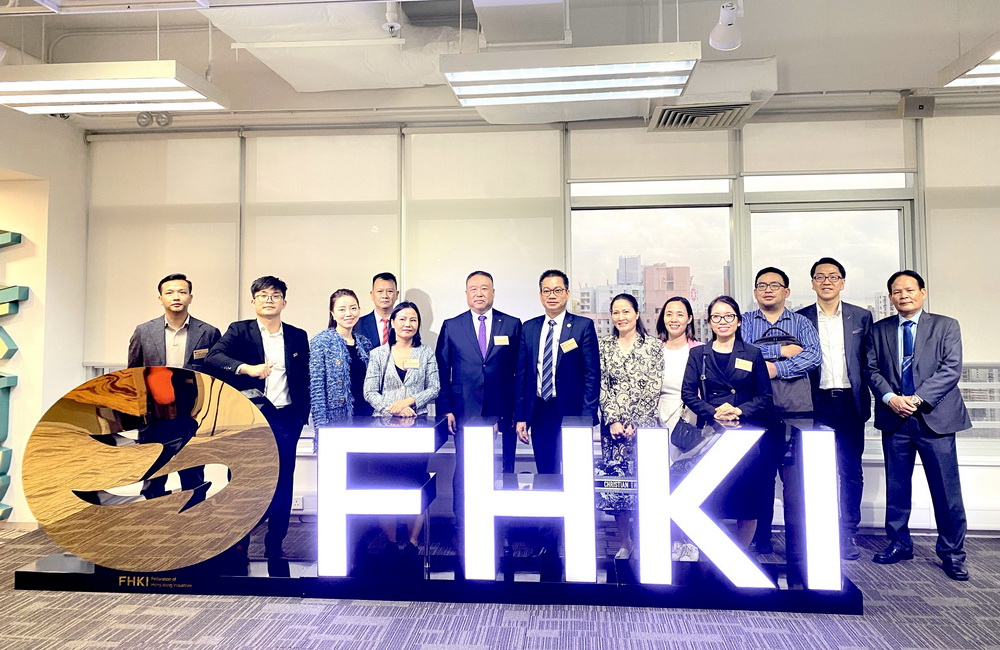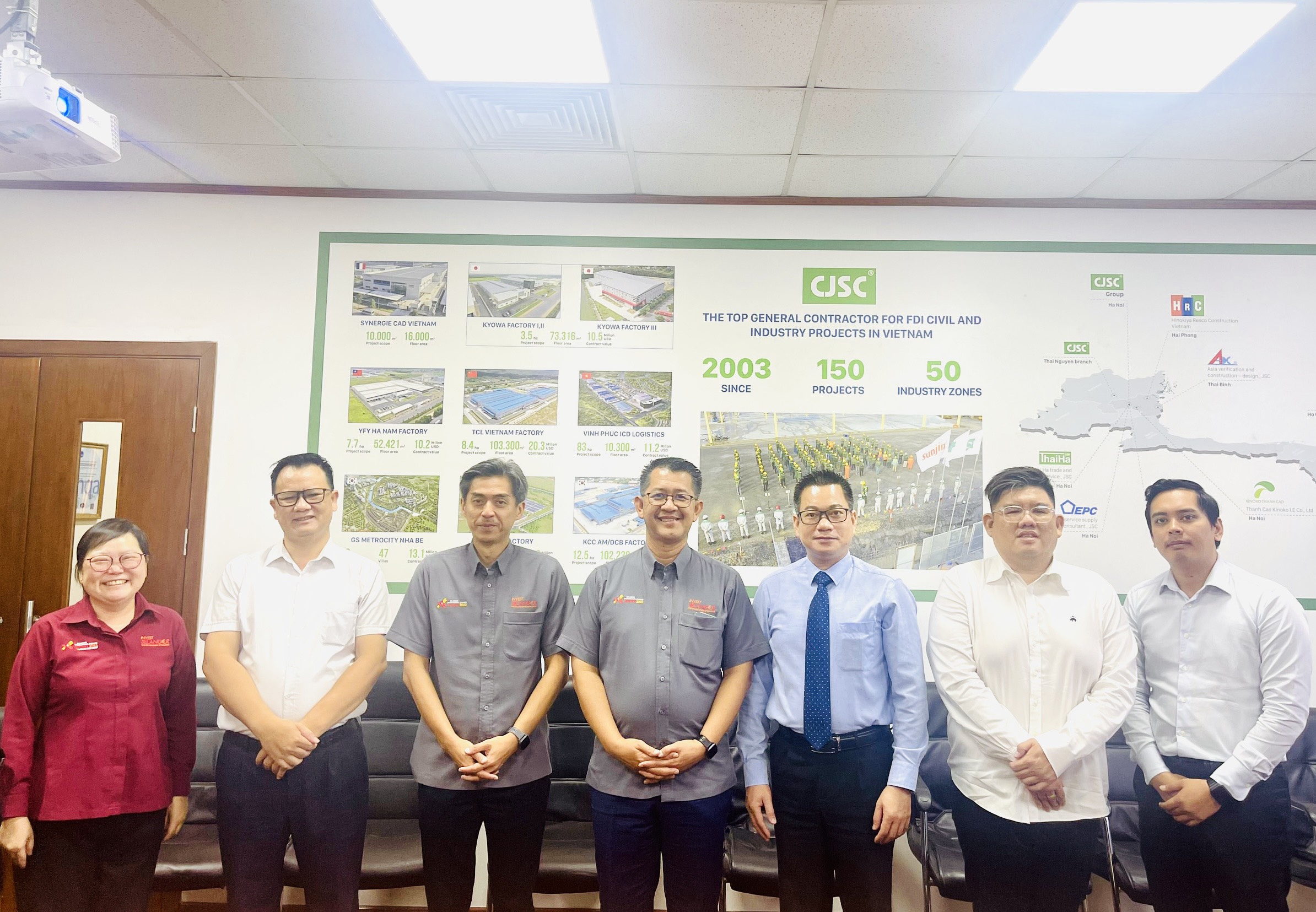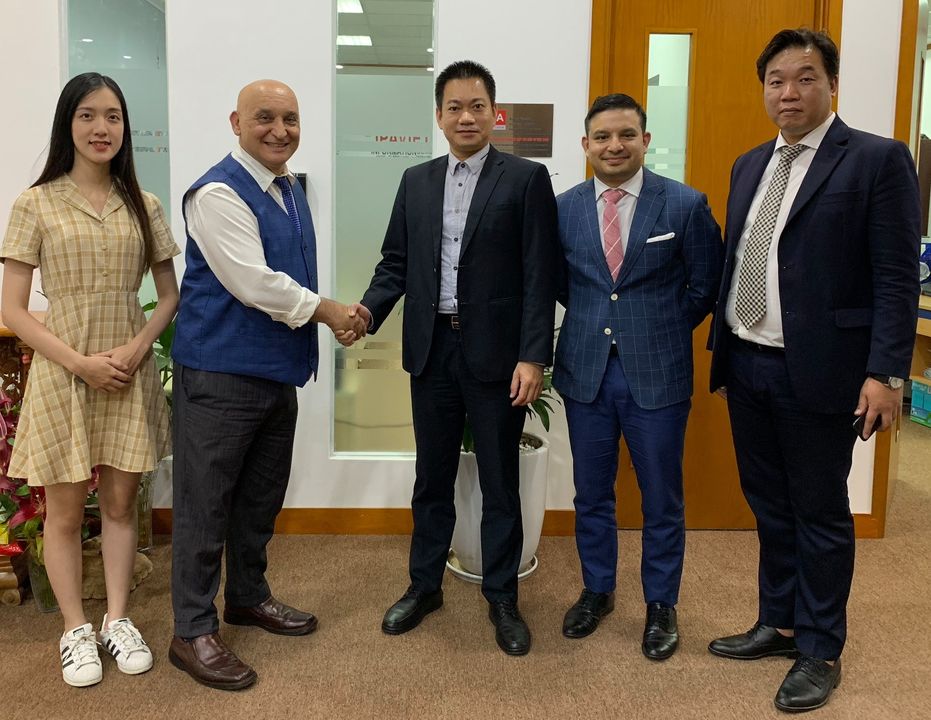The key aspects of supplying a sufficient workforce
The Fourth Industrial Revolution has created much debate about cuts in human resources in both the processing and manufacturing spheres. However in Vietnam, the demand for both a skilled and unskilled workforce is exceeding the supply due to the increase of foreign investment. Nguyen Dinh Nam, founder and CEO of investment consultancy IPA Vietnam, told VIR’s Kim Oanh about the reality of the situation and proposals to deal with impediments.

Vietnam’s foreign direct investment (FDI) attraction has come on in leaps and bounds in recent years as more foreign investors choose the country as their destination, leading to the heightened demand for human resources. How does this situation put employers under pressure?
Investors in the manufacturing and processing sector will start to look for labourers, after they finish administrative procedures and start construction of their facilities. Previously, recruitment often took 25-30 per cent of time for setting the manufacturing and trading operations in Vietnam but in recent years, the rate has increased to 40-50 per cent.
The main reason comes from the increase of foreign investment capital as well as development of local manufacturing and service enterprises, leading to the demand on labour to soar. Almost all unskilled labourers are lured towards large groups such as Samsung or LG.
Besides that, the deficiency of labour is serious at the senior personnel level as the majority wants to work in large cities instead of coming back to their hometown or going to work in remote provinces.
In addition, the difficulty in recruiting labourers is not only the problem of newly-established enterprises but also existing ones which have plans to expand operations. Samsung is an example, having arrived in mountainous provinces to look for unskilled workers.
The problem is the uneven distribution of industrial zones across the country. Almost all enterprises, especially import-export ones, want to establish their manufacturing facilities in key economic centres of Vietnam – Hanoi and Ho Chi Minh City, or in cities and provinces with convenient transport infrastructure.
Vendors or satellite enterprises of global groups have tended to locate facilities near to those of their partners.
At present, cities and provinces including Haiphong, Bac Ninh, Hai Duong, Hung Yen, and Bac Giang have started to show signs of labour deficiency. For example, Haiphong can just offer a volume of 200 labourers per hectare for projects with a scale of three to five hectares.
Vietnam is considered to have an advantage of low-cost workforce. Will this sign of deficiency cause a drop in competition capacity, or impact investment decisions in cities and provinces?
The supply of workforce in the country as a whole is quite abundant, thus it will not impact on the competition capacity of Vietnam. However, it will interrupt the investment progress of numerous enterprises. For example, if one investor wants to build facilities with a scale of 2,000-3,000 labourers in Haiphong or Bac Ninh, it will face the risk of failing to recruit enough labour volume compared to expectations. Thus it will have to move to other cities or provinces. In the case that it still wants to invest in these cities and provinces, it must accept to have latency in training or recruiting enough labourers at the same time, or divide the investment plan to more than one period.
In general, enterprises have to keep two or three back-up plans with the particular advantages and disadvantages to consider and select the final investment destination.
Cities and provinces are building and implementing investment promotion programmes. How do locals integrate into these programmes with activities to support enterprises in recruitment?
Massive companies are paying attention to cities and provinces which are not known as key economic regions in order to avoid the risk of labour deficiency. Recruiting labour is the mission of enterprises. However cities and provinces also need to be proactive in preparing infrastructure and human resources to welcome investors. Accordingly, locals need to build training plans via linking with either training facilities or financiers in order to create available employees to meet demand.
The workforce is an important factor in holding investors’ investment decision. During the process of advising, I saw that numerous partners of our company had to change plans in term of location because the province could not commit to meet demand in terms of the workplace.
Massive cities and provinces can be aware of the importance of preparing labour resources to lure investment inflow – Quang Ninh province in the north is such an example. Besides that, in the south, Tien Giang and Can Tho are spotlights in luring foreign investment thanks to their dynamism in organising related promotion programmes.
What are some of the solutions that can be utilised to deal with labour deficiency?
Human resources are a key factor in a country’s success. In its Socio-economic Development Strategy until 2030, Vietnam pays attention to human resources. However, localities have yet to finalise implementing assignments from the government. In addition, the supply of labourers and training facilities has yet to match with the demand.
Thus the state, the universities, and enterprises need better co-operation policies. Universities and training facilities need to improve the quality of teachers, recognise new skills needed by enterprises, and improve training facilities
Enterprises also are proactive in recruiting a workforce right after selecting the investment location or completing the administrative procedures, instead of the start of construction as normal. Enterprises should get involved in developing a training curriculum, participating in the training, receiving students for internships, and recruiting graduates.
Last but not least, localities have to issue transparent information about the capacity to meet the demand on workforce for investors. Normally, cities and provinces commit to supplying enough human resources once they decide to implement their investment plan. However in reality, large-scale investors still face difficulties in recruiting enough employees. Lack of transparency in the capacity to supply a workforce will waste the time of the two parties and cause resentment of the investment environment of Vietnam as a whole.
By Kim Oanh
Source: VIR
Original link





